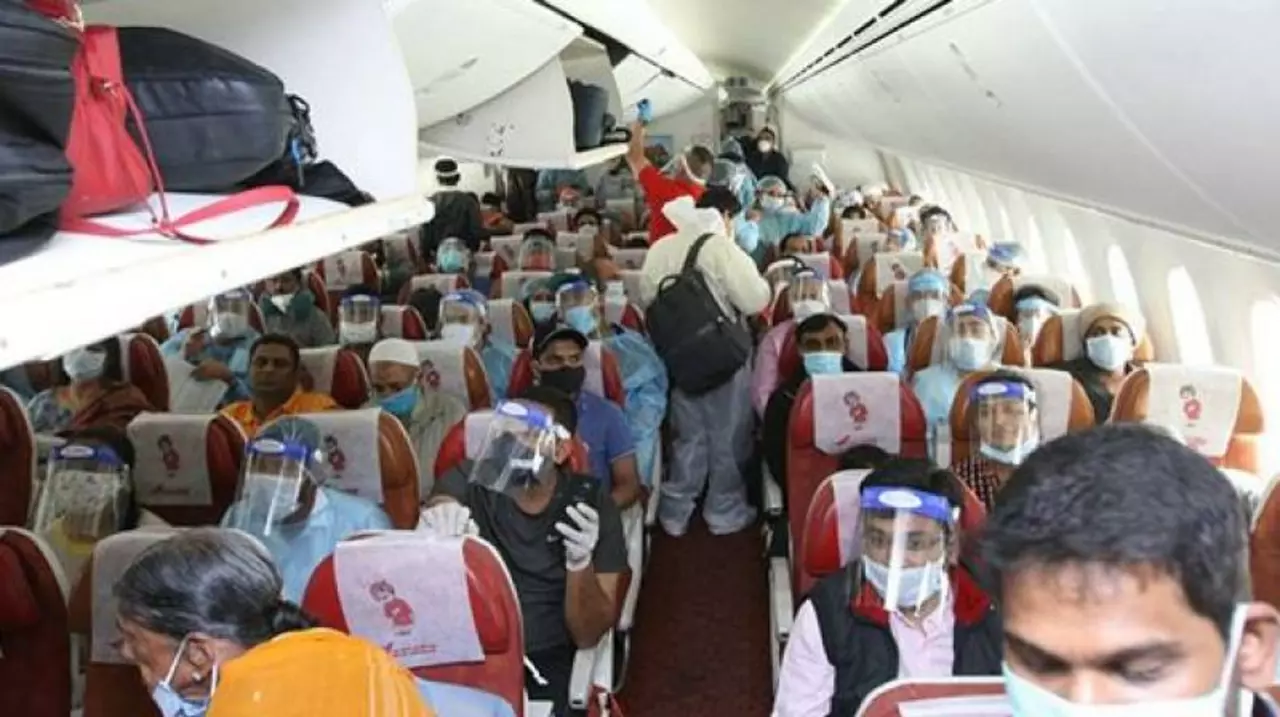I recently flew with Air India for both domestic and international travel, and I must say, I was quite impressed with the overall experience. The cabin crew was friendly and attentive, making sure that all passengers were comfortable throughout the flight. The food served was surprisingly tasty and the in-flight entertainment kept me engaged during long international flights. However, I did notice that the cleanliness of the aircraft could be improved. Overall, I would definitely recommend Air India for both domestic and international travel as they offer a comfortable and affordable flying experience.
Airline Quality: Your Guide to Picking a Comfortable, Safe Flight
When you book a ticket, you’re not just paying for a seat—you’re paying for the whole travel experience. A good airline can turn a long 10‑hour hop into a pleasant journey, while a lousy one can make even a short hop feel endless. So, how do you know which airlines actually deliver?
Key Factors That Define Airline Quality
Safety record. This is the non‑negotiable baseline. Look for airlines that meet international safety standards, have modern fleets, and publish transparent audit results. A solid safety record doesn’t guarantee a perfect flight, but it gives you peace of mind.
On‑time performance. Nobody likes a delayed take‑off, especially when you have a tight connection. Check the airline’s on‑time statistics for the route you’re planning. A consistent track record of punctual flights usually means better operational discipline.
Cabin comfort. Seat pitch, width, and recline vary wildly between carriers. If you’re tall, look for airlines that advertise extra legroom or offer economy‑plus seats. Seat comfort can make a huge difference on long hauls.
In‑flight service. Friendly crew, prompt meal service, and a clean cabin add up. Even small gestures—like offering a blanket when it gets cold—signal that an airline cares about passengers.
Entertainment and connectivity. Free Wi‑Fi, good seat‑back screens, and a varied movie selection are perks that many travellers now expect. If you need to work on the go, a reliable internet connection can be a make‑or‑break feature.
Price versus value. The cheapest ticket isn’t always the best deal. Factor in hidden fees for baggage, seat selection, and meals. Sometimes paying a little extra for an airline with better service saves you money and stress in the long run.
Practical Tips to Evaluate and Choose an Airline
Start with reputable rating sites like Skytrax or AirlineRatings.com. They aggregate safety audits, passenger reviews, and on‑time data into a single score. Cross‑check that score with recent traveler comments on forums or social media to catch any recent service changes.
Check the age of the fleet. Newer aircraft typically have better fuel efficiency, quieter cabins, and the latest safety tech. Most airlines list their average fleet age on their website or in press releases.
Look at baggage policies before you book. Some low‑cost carriers charge for checked bags, while full‑service airlines often include one or two pieces. Understanding these fees upfront prevents unpleasant surprises at the airport.
Consider loyalty programs if you fly regularly. Even if you’re not a frequent flyer, a good program can earn you upgrades, lounge access, or priority boarding on your next trip.
Finally, think about your personal priorities. If you value a quiet cabin, choose airlines known for a low‑noise environment. If you need reliable Wi‑Fi for work, pick carriers that consistently rank high for connectivity.By weighing safety, punctuality, comfort, service, and price, you can cut through the marketing hype and pick an airline that truly matches your travel style. Happy flying!
